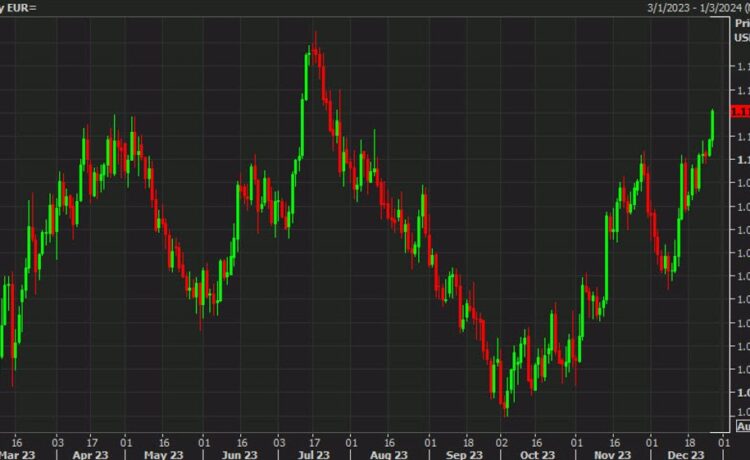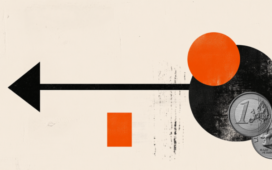EURUSD daily
The euro has passed the 1.1000 test. It has been flirting with that level throughout December but stalled out near 1.1017 several times before finally edging above this week.
Given the time of year, it’s tough to declare a breakout but today’s price action is tough to argue against. The US dollar is broadly weaker, Treasury yields are lower and the euro has jumped another 60 pips to break 1.1100 for the first time since late July.
What’s worrisome for the bulls is that the market is fully pricing in a Fed cut in March with only a 72% chance of an ECB cut the same month. For the entire year, ECB pricing is for 162 bps and the Fed at 157 bps, though the ECB pricing is more back-loaded.
I tend to think the ECB ultimately cuts more than the Fed because the economy is weaker so that should be a drag on the euro. At the same time, USD positioning is crowded, eurozone valuations are cheap and the euro has been perpetually discounted so something like 1.20 might be possible on mean revision alone, particularly if there is another mild winter.
For now, I don’t see any reason to fight the trend higher in EUR/USD until it nears the July high of 1.1275.



